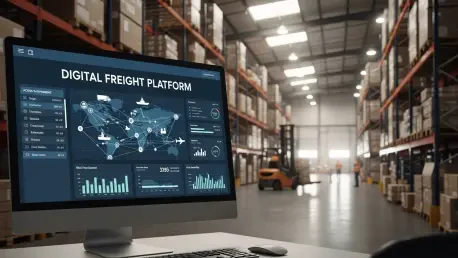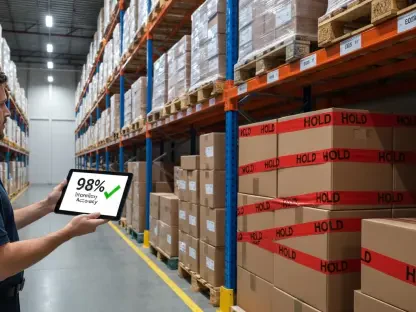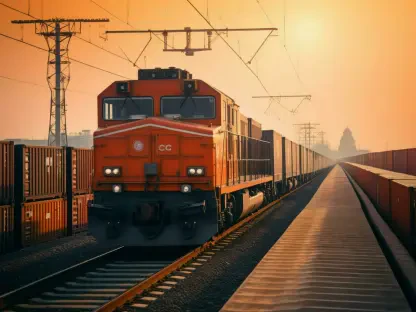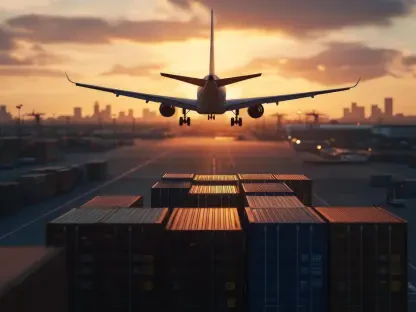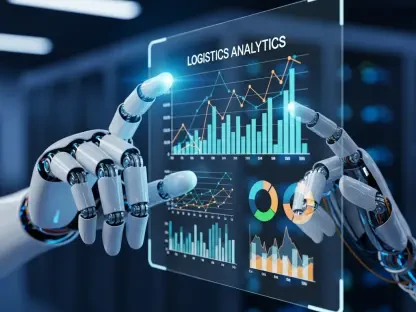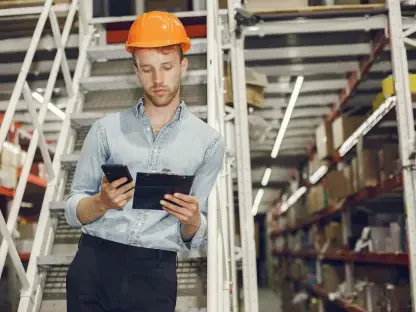I’m thrilled to sit down with Rohit Laila, a veteran in the logistics industry with decades of experience in supply chain and delivery. Rohit’s passion for technology and innovation has positioned him as a thought leader in the freight sector, where he’s witnessed firsthand the evolution of tools and platforms that are reshaping how goods move across the globe. Today, we’ll dive into the transformation of digital freight marketplaces, the role of cutting-edge tech like AI, and how recent industry shifts are creating new opportunities for brokers, carriers, and drivers alike.
Can you give us a sense of how digital freight platforms have evolved over the years, and what has driven their shift from basic load boards to comprehensive marketplaces?
Absolutely. Digital freight platforms started as simple tools—essentially online bulletin boards where brokers could post loads and carriers could find them. Over time, as the industry faced increasing pressure for efficiency, these platforms had to adapt. The evolution came from integrating more data, analytics, and user-friendly features to connect the dots across the supply chain. Now, they’re not just about matching loads but also about providing end-to-end solutions—think rate insights, tracking, and even payment processing. The drive behind this shift has been a mix of customer demand for transparency and the rapid advancement of tech that makes it possible to handle massive amounts of data in real time.
What do you see as the core mission behind transforming these platforms into broader ecosystems, and how does this impact the day-to-day for brokers and carriers?
The core mission is to streamline the entire freight process, reducing friction at every step. For brokers, this means less time spent on manual tasks like finding carriers or negotiating rates, allowing them to focus on building relationships and scaling their business. For carriers, it’s about access—access to loads, better rates, and faster payments. By creating an ecosystem where everything from load matching to settlements happens in one place, these platforms are cutting down on inefficiencies and building trust. It’s a game-changer for small operators who often struggle with cash flow or finding consistent work.
How have recent advancements in technology, like acquisitions of specialized tools, shaped the capabilities of freight marketplaces?
Acquisitions have been huge. When platforms acquire tech stacks focused on specific pain points—like real-time tracking apps or payment solutions—they’re able to bolt on capabilities that would’ve taken years to build from scratch. For example, tools that help with visibility or booking loads directly through an app save carriers hours of phone calls and paperwork. Financial service integrations tackle another big issue—getting paid quickly and securely. These additions make the marketplace more of a one-stop shop, which is critical in an industry where time is money.
Speaking of technology, how is AI being leveraged to automate processes in the freight industry right now?
AI is revolutionizing the industry by taking over repetitive, data-heavy tasks. It’s being used for things like predicting load availability, optimizing routes, and even automating rate negotiations based on market trends. AI can analyze millions of data points—like historical rates or weather impacts—in seconds to suggest the best matches for brokers and carriers. The result is faster decision-making and fewer errors. We’re also seeing it in fraud detection, where algorithms flag suspicious activity before it becomes a problem. It’s still early days, but the potential for AI to cut costs and boost efficiency is massive.
With the sheer volume of data these platforms handle daily, how do they ensure that information remains accurate and reliable for users?
Handling huge data volumes—think millions of load postings and rate views every day—requires robust systems. Platforms invest heavily in data validation processes, often using a mix of automated checks and human oversight to catch inconsistencies. They also integrate real-time data feeds from multiple sources to keep information fresh. On top of that, user feedback loops are critical; if a carrier or broker spots an error, they can report it, and the system learns. It’s not perfect yet, but the focus on data integrity is a priority because trust is everything in this business.
How are new tools and integrations helping address long-standing issues like fraud in the freight sector?
Fraud has always been a thorn in the industry’s side, from fake load postings to payment scams. New tools, especially those acquired through recent tech integrations, are helping by providing deeper data on users—like verifying carrier credentials or tracking behavioral patterns. Advanced algorithms can spot red flags, like unusual activity on an account, and flag it for review. Some platforms are also building networks of trusted partners, so users know who they’re dealing with. It’s about creating layers of security that make it harder for bad actors to slip through the cracks.
There’s talk of significant cost savings per load with these modern tools. Can you break down how those savings are actually achieved?
Sure, savings come from cutting out inefficiencies at multiple stages. Automation reduces the time spent on manual tasks like matching loads or chasing payments, which lowers labor costs for brokers. For carriers, tools that provide rate transparency help them avoid underbidding or taking unprofitable runs. Then there’s the speed factor—faster load matching and payment processing mean less downtime, which translates to more revenue per trip. Even something as simple as digital paperwork can save hours and dollars. When you add it up, those small efficiencies per load can amount to hundreds of dollars saved.
What’s your forecast for the future of digital freight marketplaces over the next few years?
I think we’re going to see even tighter integration of technologies, where platforms become fully embedded into the daily workflows of brokers and carriers. AI will get smarter, not just automating tasks but also predicting market shifts with uncanny accuracy. We’ll likely see more consolidation as bigger players acquire niche tools to round out their offerings. The focus on sustainability will also grow—think tools that optimize routes to cut fuel use. Ultimately, the marketplace of the future will be seamless, predictive, and indispensable to anyone moving freight. It’s an exciting time to be in this space.
